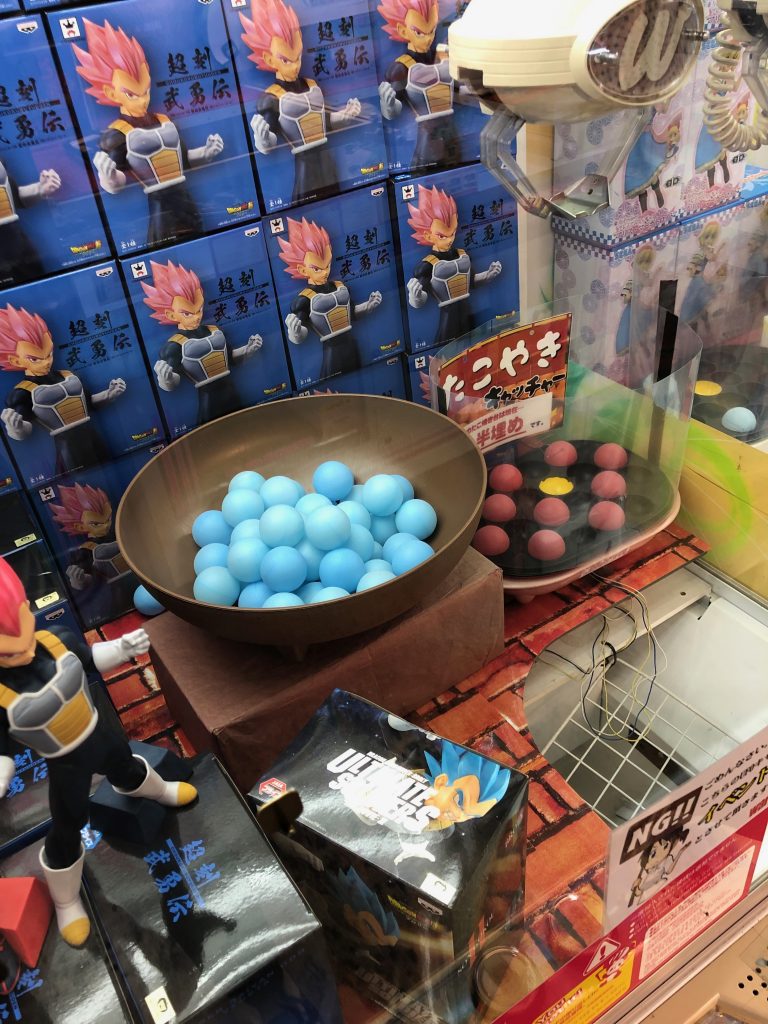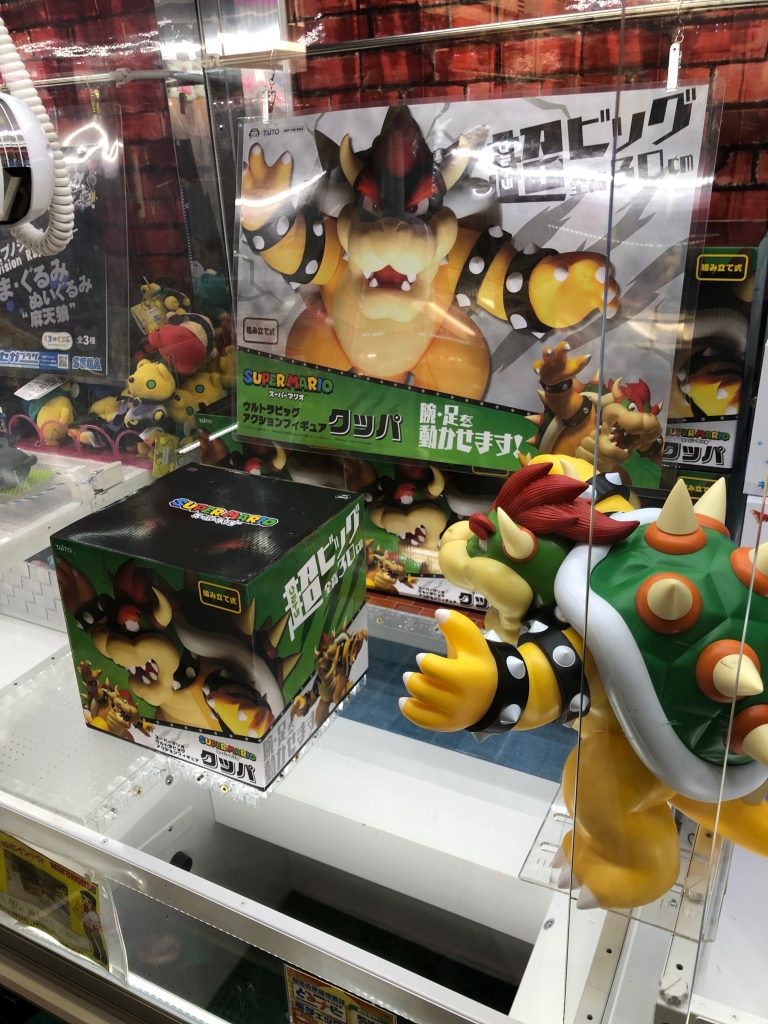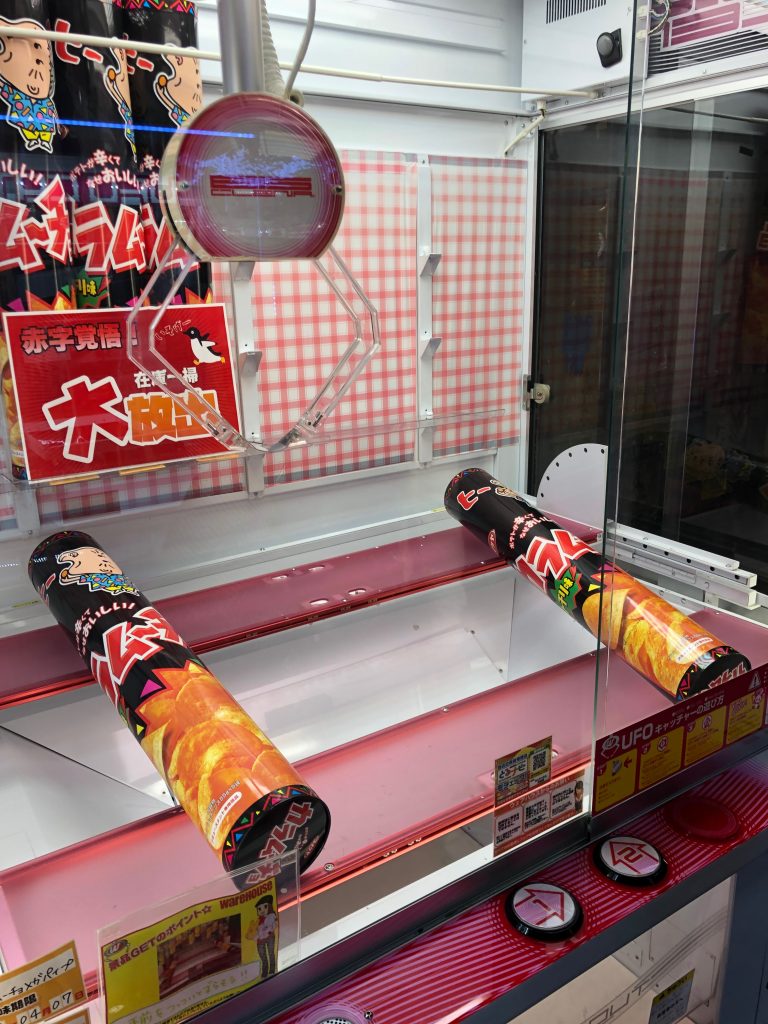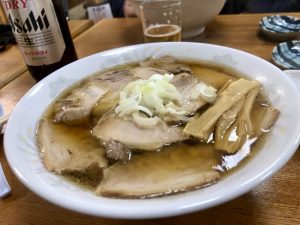Game centers
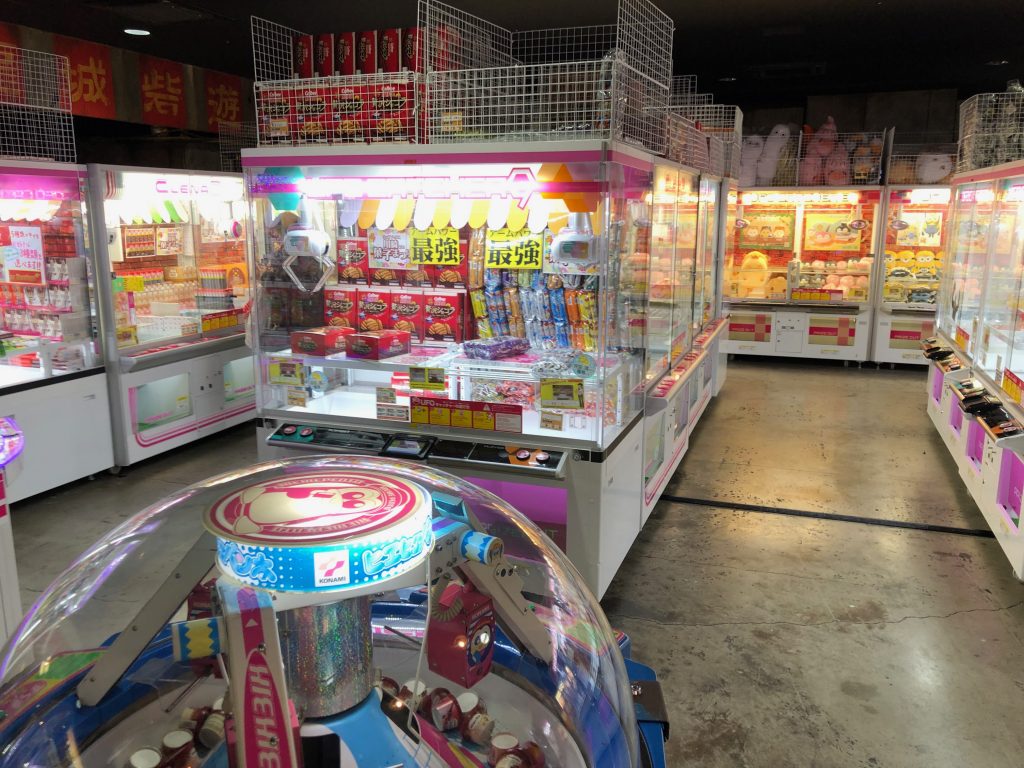
For Japanese people, game centers are an integral part of their childhood. These game centers can be found close to most major city stations and out in the more rural areas on the top floors of major shopping malls or in DVD/Anime stores. they are split into 5 major sections: –
- Arcade game section (Street Fighter, etc.)
- Movement games (“Dance, Dance” “Drum Master”, etc)
- Medal games (insert tokens to push more tokens out)
- Prize games (such as grabbing items with a crane)
- Plus other areas like card game tables, etc.
Each area has its own merits and cost-performance ratios.
Arcade games / Movement games
Most countries will have these types of arcade games, however Japan has a variety of hard-core movement games (watch the video as explaning what they are is difficult) that when played by an experienced player are mesmerizing (or sad depending on the age of the player – guys in suits in their thirties are common sights) to watch. Popular with tourists is the 4 player Mario Kart game. When Japan often sees foreigners trying the Drum Master game, or else watching some Japanese kid beat the drums like a demon possessed.
When Japan recommends sticking to the arcade games you know from home (such as the already mentioned Mario Kart). If you do try a movement game, pick an easy setting (almost all games don’t support English so ask a staff member to set the game to easy for you). If you try the regular difficulty settings first go, it will just be a blur of action that is impossible to keep up with.
Medal Games
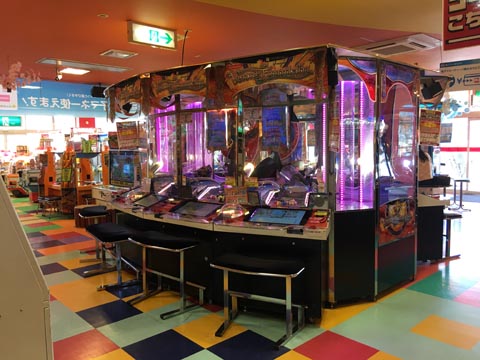
Medal games are usually huge ring shaped machines with multiple stations where 1 or 2 players sit playing the game. The idea of these games is to insert tokens (coins) that push other tokens off a cliff that accumulates bonus points triggering events such as massive jackpots of tokens. In theory, you can win more tokens than you insert. In practice, people are just happy spending time playing and going for the biggest jackpot they can (the jackpot animation lasts for like 5 minutes while the cascade of a few thousand coins tumbled down the shoots).
- They don’t support English, but usually you can play without having to read any rules (insert tokens, get tokens, repeat)
- They are very, very noisy. Louder than is safe for extended periods. If you have delicate ears or are there for an hour or more, put earbuds in to protect your hearing.
- If they jam up (you will get an error message or the tokens will stop coming out), get the staff to fix it for you (just point, they will know what to do).
- They provide wet wipes at the counter to get rid of the dirt from handling all the coins. Use them as your hands will be disgusting.
Prize games
These come in a variety of shapes and styles and are a serious cash black-hole if you don’t know what you are doing. When Japan sees tourists endlessly waste their money on the machines with impossible settings, or thinking they can get a prize using only a few coins. In reality, the odds are stacked against you and unless you pick a machine that has been left in an easy to win state, expect to spend thousands of yen before you get a prize.
Go here for the comprehensive guide to prize games. Some are easier (and/or more fun for your money) than others.
| The good | The not so good |
| Fun to play | Risk wasting thousands of yen for nothing |
| Great in groups | Kids will throw a fit if you don’t win anything |
Major brands in Tokyo and elsewhere
In major cities there are four major companies that run game centers plus the occasional independent shop, both big and small.
- SEGA
- Namco
- Taito Station
- Adores
Warning!
SEGA is full of the traditional pincer grabby prize games and pretty much nothing else interesting. The staff reset the prize positions quickly so sniping an easy prize is almost impossible. Avoid SEGA game centers! Waste of time.
Namco, Taito and Adores are all fairly similar and have a variety of game types. Larger stores will have each floor dedicated to prize games, medal games, etc. The prize games (the most universally popular) are usually on the lower floor(s). The higher you go up, the more hardcore the games will get. The smaller independent stored can be interesting but tend to be stingier with the difficult settings due to a lack of customers.
Continue reading for an in depth guide to prize games.
